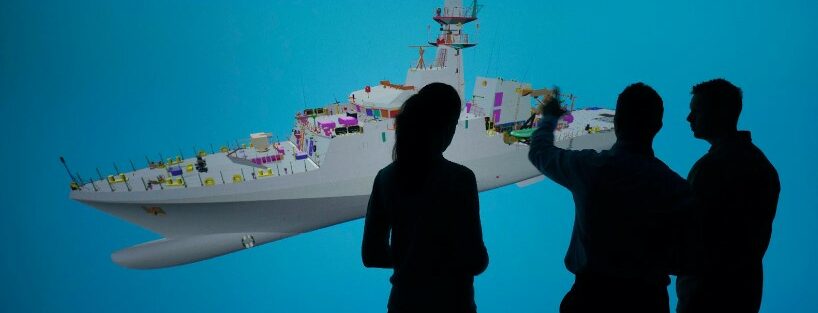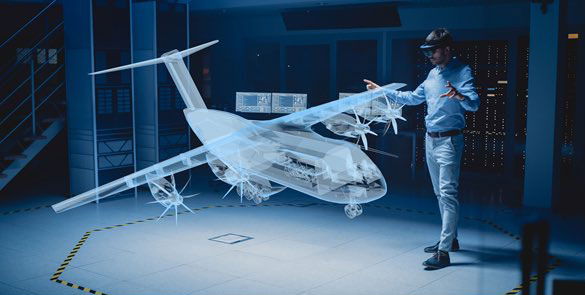Sailing into the Future:
How Virtual Reality Transformed Warship Production at Mazagon Dock Shipbuilders (MDL)
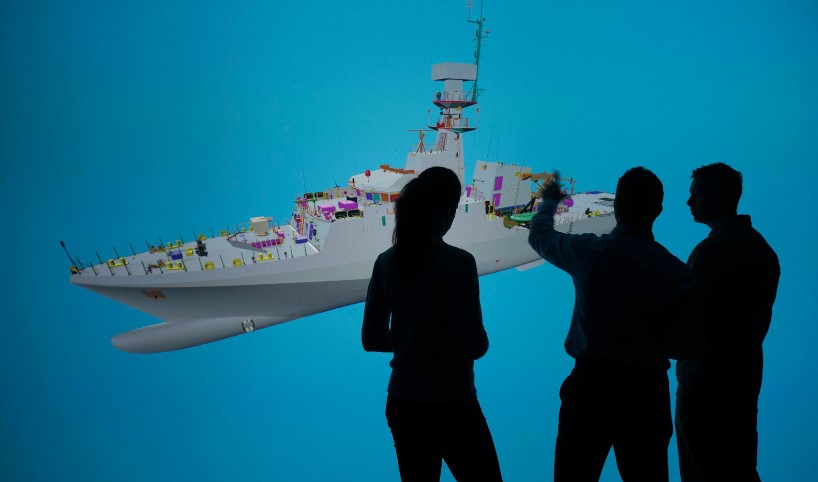
Introduction
Mazagon Dock Shipbuilders Limited (MDL) is India’s largest naval shipbuilder. Based in Mumbai, MDL is known for constructing warships and submarines for the Indian Navy. With the increased complexity of modern naval ships, coupled with challenges like limited space and intricate arrangements, MDL’s design & production teams had been struggling with severe project delays & cost overruns. Yearning to conquer these obstacles and maintain their edge, MDL set sail on a daring journey in 2011. They discovered the beacon of hope – cutting-edge Virtual Reality (VR) technology. Embracing this tool, they aimed to streamline their design process and embark on a new era of shipbuilding. With winds of change, MDL joined forces with VizExperts, India’s VR/AR technology leader in 2019. Together, they would transform the shipbuilding industry. Come aboard, and let’s navigate through the challenges, promises, execution, and awe-inspiring results from this journey. It’s a thrilling voyage you won’t want to miss!Challenges in the High Seas of Warship Construction
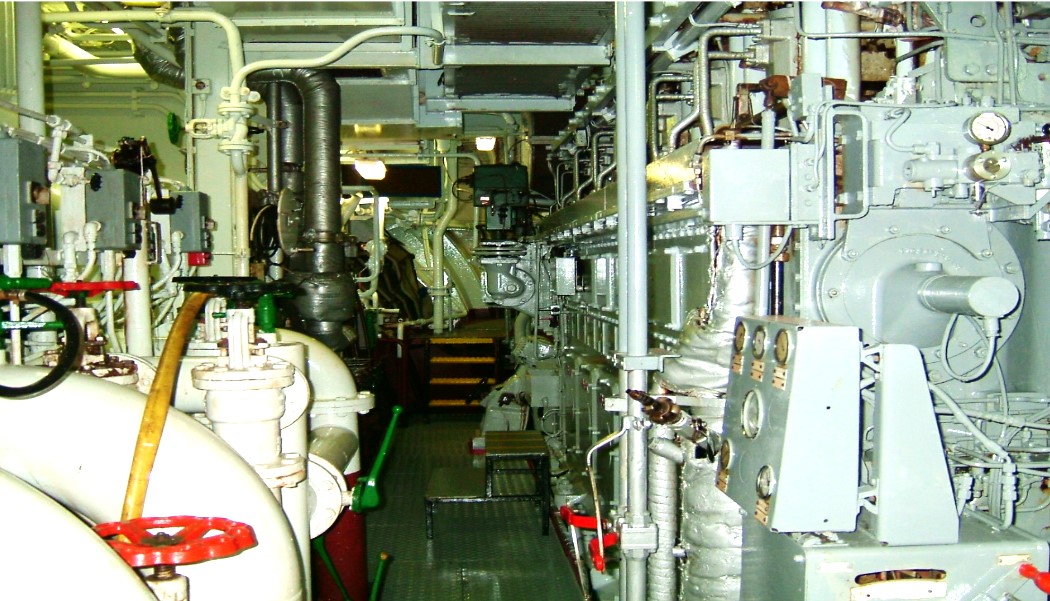
Warship construction posed challenges akin to navigating rough waters that lead to substantial time & cost overruns in naval ship construction projects. Here are a few key reasons for these overheads:
- Design Complexity: MDL have to tackle daunting challenges in their warship design process. For instance, in a 150-meter ship, design teams need to fit 15 kilometers of pipes, 6 kilometers of ventilation to the engine, and accommodate 13,250 pieces of equipment. The complexity demanded precise design with space sensitivity and ergonomic accessibility. These complexities result in delays during the design stage. Further, MDL teams observed substantial rework during design reviews with the customer (the Navy) since many of the design requirements around human factors are missed out due to lack of proper review tools. MDL representative said, “The design should have highly accurate data and should be perfect, checked at all times. In any situation, be it during warship operations or other scenarios, the design must not fail. This is an absolute requirement.”
- Delays in Approvals: The Navy’s Warship overseeing team (WOT), tasked to ensure project quality & schedule, had a traditional and time-consuming design approval process called line-out inspections (LOIs). This process required the ship construction to be stopped until the drawings were approved by the Navy. This was a substantial bottleneck that we will study further in subsequent sections.
- Rework during Construction: Design complexity also led to significant rework during construction, caused by the need to integrate numerous systems and components, design changes, and changing customer requirements. Due to long lead times, it is common for equipment manufacturers to change their designs between the purchase order to final delivery. Due to space constraints, any change on one subsystem or component led to a cascading effect on other nearby subsystems.
Rework in naval ship construction is not a new phenomenon. The following chart illustrates the key reasons for rework observed as part of various projects:
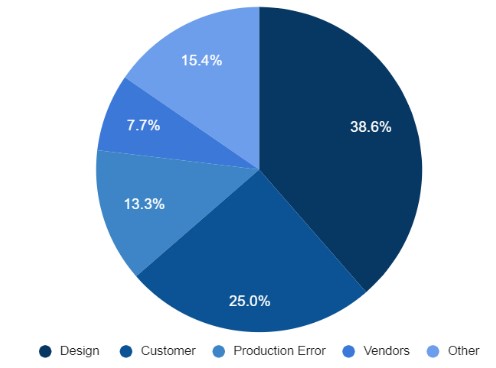
Decoding LOI: Charting the Shipbuilding Course
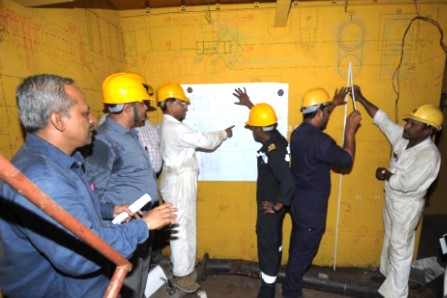
In the realm of warship construction, a crucial stage was the Line Out Inspection (LOI). “This essential practice was deeply ingrained in the ship construction process.”, MDL representative explained. Let us venture into the different stages of this process:
- Preparation of 3D CAD Model: The journey began with the creation of a highly coordinated 3D CAD model. This process involved multiple stakeholders working together to ensure minimal rework during production. Specialized 3D CAD software like AVEVA Marine and CATIA played a crucial role in this stage.
- Generation of Production Drawings: Multiple 2D layout drawings were meticulously crafted for each compartment. These drawings were scaled down, typically to a 1:20 ratio, and then sent to the production floor.
- Line Out Inspections (LOI): The heart of the approval process was the Line Out Inspections. Before the actual installation of components, the production agency interpreted the 2D drawings and physically marked each outfitting component on the six faces of the compartment. This meticulous marking was done to ensure compliance with design requirements, with a particular focus on two critical aspects:
- Feasibility of Fitment: The arrangement had to ensure that all components fit without any interference, like a perfectly crafted puzzle.
- Ergonomics and Maintainability: The compartment needed to be designed with the crew in mind, ensuring ease of movement and maintenance of equipment.
“Numerous discussions and changes take place during this stage. They provide design suggestions, and we incorporate them, iterating until the design is fully frozen and approved. Once the compartment design is approved, we proceed with the production drawings and issue them for production.” stated the MDL representative.
The path through LOI was not free from challenges. The difficulties faced resembled turbulent waves that could potentially disrupt the ship construction process:
- Substantial Delay: The LOI process was painstakingly slow and time-consuming. On average, it took a month to complete LOI for 7 to 10 compartments, considering two revisions for each compartment. For a ship with a whopping 395 compartments, this would demand nearly seven long years just for the LOI!
- Costly Physical Mockups: The visualization of certain critical compartments like the engine room, bridge, and operations rooms demanded expensive full-scale physical mockups/models. These were necessary for accurate assessments but incurred significant costs and time.
- Extensive Rework: The lack of a comprehensive understanding of interferences, maintenance envelopes, and movement within and between compartments led to extensive rework during the actual production stage. The shipbuilders had to endure the arduous task of rectifying design errors, causing delays and setbacks.
MDL representative stated, “Earlier, we could only address about 10 out of 100 deviations due to equipment density and complex constraints, leaving 90% of the minor issues unresolved.” This meant that despite the delays, minor quality issues would persist in the final vessel delivered to the customer.
The Beacon of Hope: VR Technology to the Rescue
Amid these challenging waters, a ray of hope appeared. MDL’s design teams envisioned the use of VR to address these issues. MDL representative added, “By projecting the 3D CAD model in the VR Lab, we would be able to experience the design in true 1:1 scale. This would help identify potential issues at design stage itself. Further, once this was done for the first-in-class ship, the same process can be followed for the sister ships, giving further time and cost savings.”
The transformative power of Virtual Reality (VR) technology offered a ray of light, showing a new path to navigate the LOI process:
- 1:1 Scale Visualization: VR would allow accurate and immersive visualization of the ship’s 3D model. The need for costly physical mockups would be eliminated as the virtual world provides an accurate visual representation of the model’s dimensions.
- Digital Tools for Validation: VR technology, equipped with advanced digital tools, would enable accurate measurements, validations, and collision checks. This would streamline the assessment of headspace, equipment movement, and accessibility.
- Rapid Iterations and Cost Savings: With VR, changes to the design could be swiftly incorporated based on user feedback. This would eliminate the need for prolonged and costly physical modifications.
All of these transformations will magically eliminate MDL’s challenges, right? MDL would now be well on its way to reduce cost & time. They would be in a position to ramp up production, and win larger volumes of orders. Alas, before these benefits could be realized, there were barriers to adopting this technology. They say nothing is set in stone, but sometimes traditions can be cemented in place. The traditional practices, no matter how they hampered the shipbuilding process, were very much set in stone at this point and MDL had to figure out ways to bring down these barriers. But what exactly were these barriers? Let’s read on to find out.
Navigating Adoption Barriers in Shipbuilding
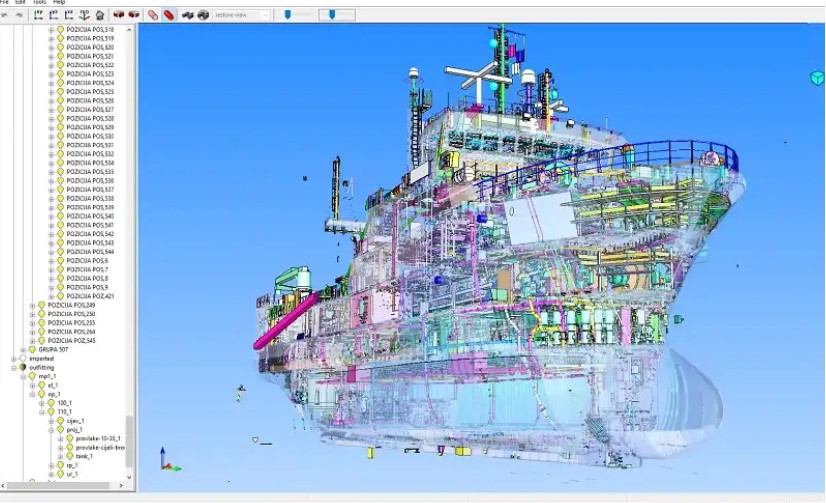
One you understand how any technology works and how it can solve existing problems, adopting it should be an easy decision. Unfortunately, MDL’s journey to integrate VR technology and revolutionize Naval Shipbuilding, ran into multiple unforeseen challenges. Some of the hurdles MDL faced were:
- Converting CAD data into Virtual Reality format: Design tools use proprietary data formats that prevented MDL ‘s design team to bring them into VR tools. Manual data conversion pipelines were not just slow and tedious, they also resulted in loss of accuracy and metadata. This became a non-negotiable issue. How could the design decisions made using inaccurate data be trusted?
- Persuading the customer (Indian Navy) to embrace the technology: Humans grow up with physical objects that they can touch and feel. For Naval teams, who had been used to physical LOIs and approval processes, the migration to an all digital process was fairly alien. They would have to validate that the digital VR model accurately represented the final physical ship.
With the help of VizExperts, MDL was able to break these barriers and adopt VR to change the game. Using innovative software technology that removed the need for manual translations, MDL teams could now easily convert their AVEVA Marine 3D models into VR experiences. Moreover, this conversion was completely lossless. Both the geometry as well as the component hierarchy and metadata were preserved.
The VR software also came with digital tools that allowed the navy teams to validate the accuracy of the complete system. This was not just correct, this was a fast, intuitive and flexible replacement of the traditional LOI process.
The Voyage of Transformation - Achievements in Sight
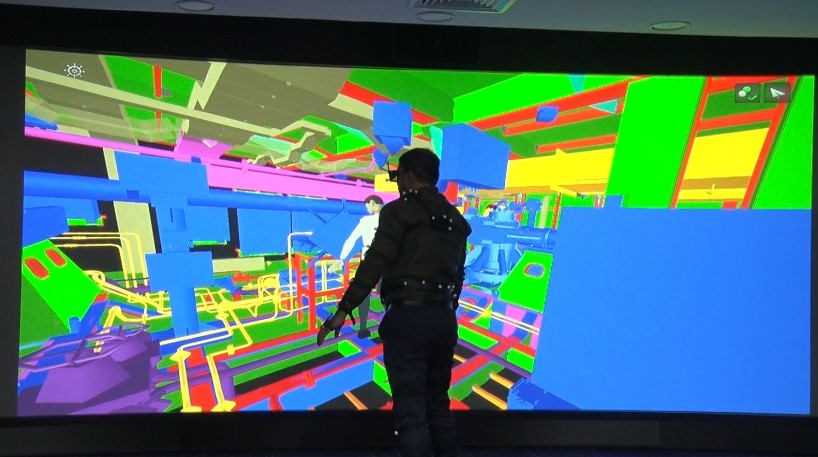
With the incorporation of VR technology, MDL set sail on a transformative journey and achieved remarkable milestones:
- Immersive Visualization: Designers could see warship designs in 3D reality, empowering them to make informed decisions and identify improvements.
- Efficient Space Utilization: VR-driven design reviews optimized space allocation for complex systems and equipment.
- Realistic Prototyping: Virtual prototyping reduced reliance on physical models and expedited design validation.
- Enhanced Collaboration: VR-based design reviews facilitated real-time collaboration among teams and stakeholders.
- Streamlined Design Approval: Advanced visualization tools sped up design approval by enabling easy interaction with virtual warship models.
- Reduction in LOI Time: VR technology significantly reduced the time needed for Line Out Inspections, enhancing efficiency (see below).
- Seamless Coordination with Production Team: Improved communication and collaboration between design and production teams led to increased efficiency.
The transformations brought about by this technology have been immense! Apart from the above mentioned qualitative benefits, MDL were able to track quantitative benefits to their business as well.
MDL not just adopted the technology, it also refined their business processes to take full advantage of this new reality. Once MDL started using VR for LOIs (Line Of Inspection) with the Navy, project timelines started shrinking. This graph shows massive reduction in the time for LOI across shipbuilding projects executed by MDL. For the P15A project, where VR was first introduced, the time savings between the first-in-class ship to subsequent ships was over 21 months! As the technology allowed MDL to continue innovating, the time for LOI further reduced by another 23 months for P15B and then by another 18 months for the P17A project. When compared to the first P15A ship, this has resulted in savings of a whopping 62 months for the project!
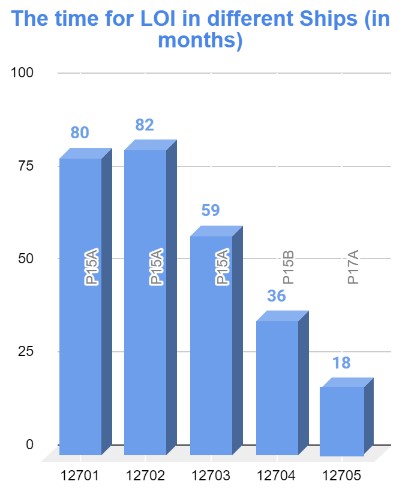
Conclusion - Sailing into the Promising Future
The alliance between MDL and VizExperts has changed the shipbuilding industry forever. Through VR technology, MDL conquered the challenges of warship design, delivering precision-engineered vessels. Their dedication to continuous innovation and cutting-edge technology secured India’s maritime prominence. As they sail into a promising future, MDL continues to lead the maritime industry with its spirit of innovation and excellence, shaping the future of shipbuilding.

